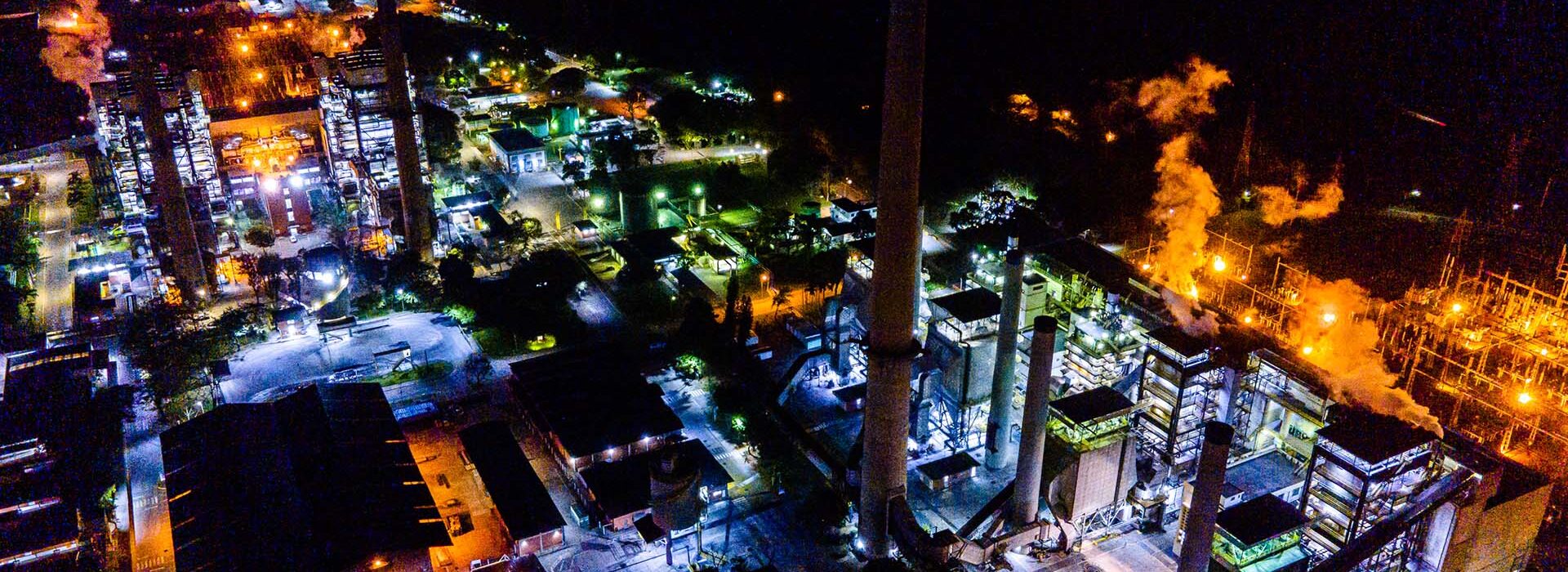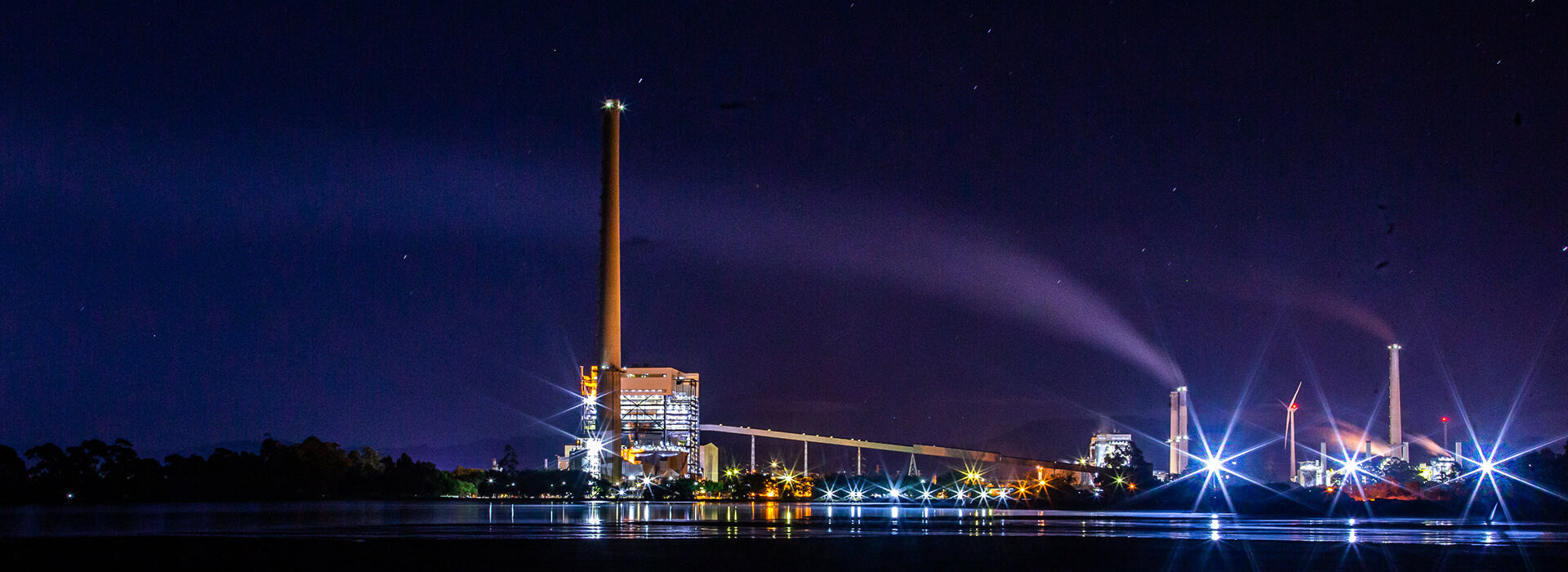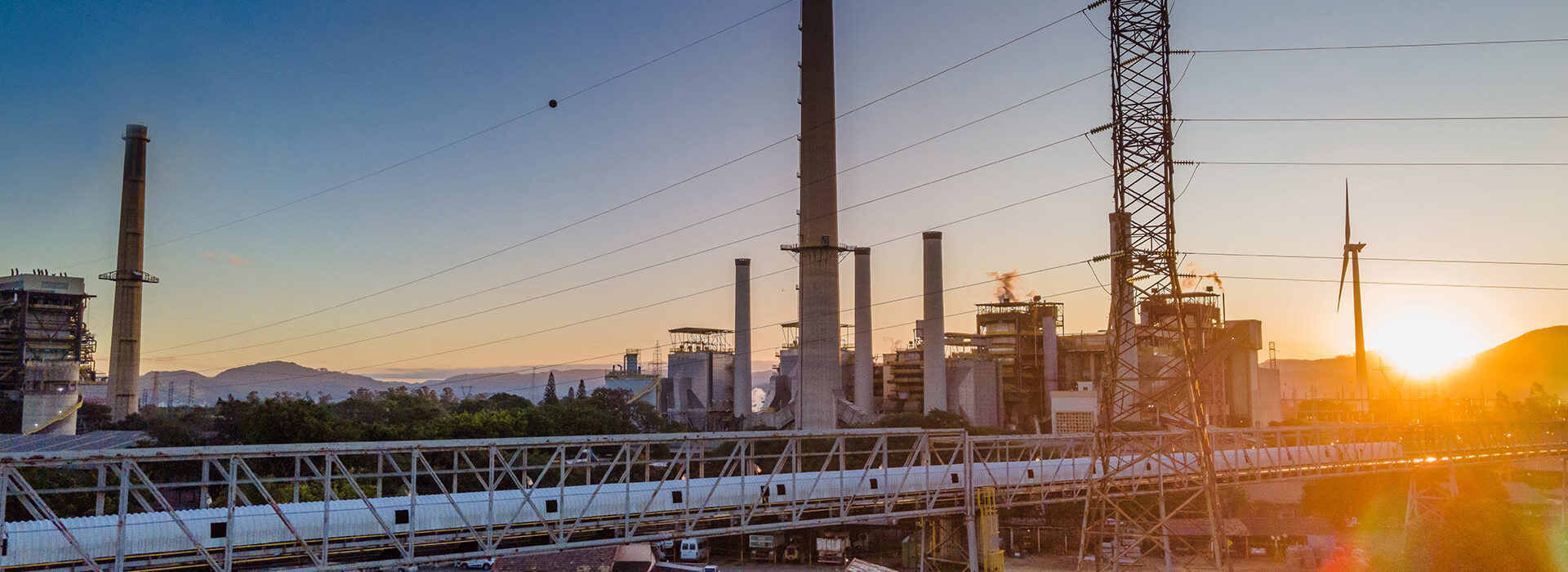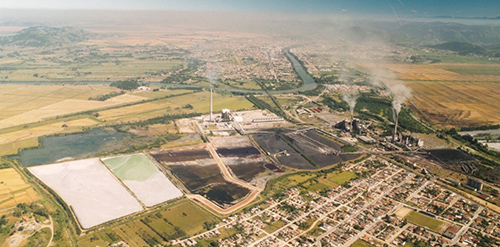


In the 1950’s, after the Second World War, Brazil experienced intense industrial growth. Electricity, however, was one of the country’s greatest drawbacks. Since the previous decade when Companhia Siderúrgica Nacional (CSN) installed the Coal Processing Plant (Lavador do Capivari) in the city of Tubarão, mineral coal from Santa Catarina was already supplying the metallurgical industry.
The residue, a coal considered to be of lower calorific value, was rejected. The governor of Santa Catarina Jorge Lacerda, being a man of vision and driven by the slogan “50 Years in 5” coined by President Juscelino Kubitscheck, saw an opportunity in this waste, encouraging the start of a process that decades later, would result in the largest mineral coal-fired thermoelectric plant in Latin America.

The Capivari Thermoelectric Society (Sotelca) was established on March 31

The first plant with a 50MW generator became operational on April 29. It was named Jorge Lacerda, a tribute to the entrepreneurial vision of the then governor.

Over the years, various management officers led the CTJL. That year it was renamed Eletrosul.

Gerasul

(Gerasul/Tractebel) Tractebel acquired Gerasul, with CTJL being privatized.

Tractebel – It wasn’t until 2002 that the transition from state-owned to privately-owned took place.

Engie

Diamante Geração de Energia
More than a historic milestone in the development of southern Santa Catarina, the CTJL is a key asset to ensuring strategic energy security within the Brazilian electrical system, especially in periods of drought.
Under the management of Diamante Geração de Energia, the Complex is now one of the main pillars of the Fair Energy Transition in the state of Santa Catarina.
To control atmospheric emissions, all the units at the Jorge Lacerda Thermoelectric Complex have filters (electrostatic precipitators) with 99.9% efficiency in retaining particulates (ash).
Air quality is monitored 24 hours a day by three monitoring stations located in Tubarão and Capivari de Baixo. The data is made available in real time to the Environment Institute (IMA).
CTJL’s atmospheric emissions are also monitored. The data is forwarded to the IMA and IBAMA.
More than 2 million seedlings have been produced at the Horto Florestal since it opened in 1989. Part of it is distributed to the local community.
of the Complex’s water is reused
of waste: around 600,000 tons/year of ash are used by the cement industry
of organic waste is composted, material that is reused in the Forest Garden and the Encantos do Sul Environmental Park


The Jorge Lacerda Thermoelectric Complex is the pillar of a chain that employs more than 20,000 workers in the region. The economy of southern Santa Catarina has an important dynamo in the CTJL, which contributes to a turnover of more than R$6 billion a year.
The Jorge Lacerda plant accounts for 20% of Capivari de Baixo’s net current revenue, and is therefore a fundamental unit for direct investments in the areas of health, education and social assistance in the municipality that houses it. The Thermoelectric Capital of Latin America, with an estimated population of 25,177 (IBGE/2019) and an area of 53 km², the town of Capivari de Baixo is located at an altitude of 10m and borders Tubarão, Gravatal, Pescaria Brava and Laguna.
Environmental licenses issued by IMA (formerly FATMA) since the 1980s and renewed regularly:

Transparency, access our Annual Reports.
See how Diamante Energia contributes to the
Environment
.
Check out the open opportunities,
join the Diamante team!
Would you like to get to know CTJL? Find out more about the
Visiting Program.